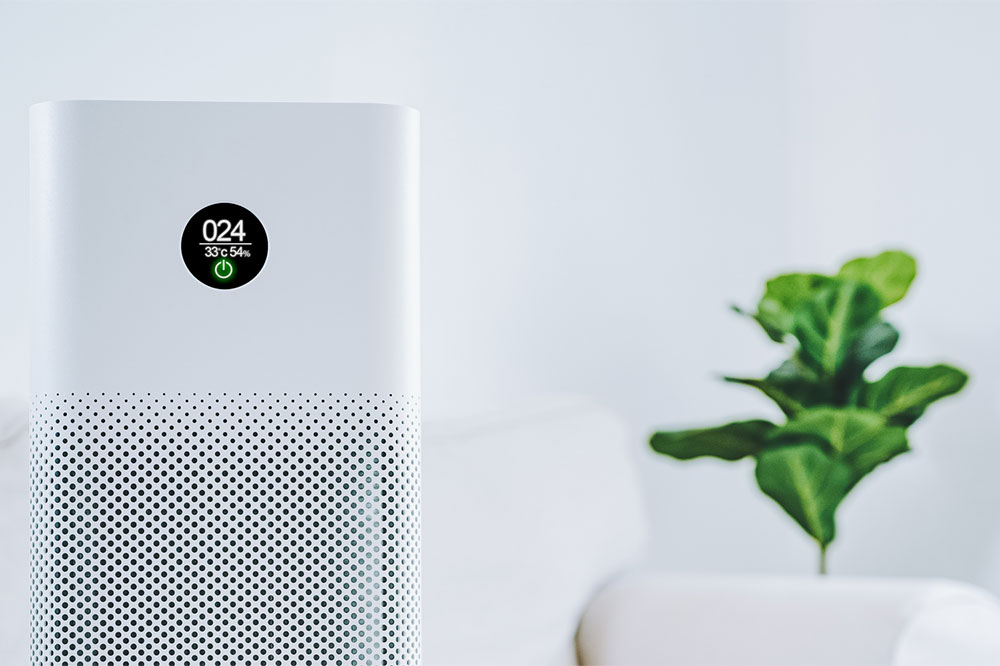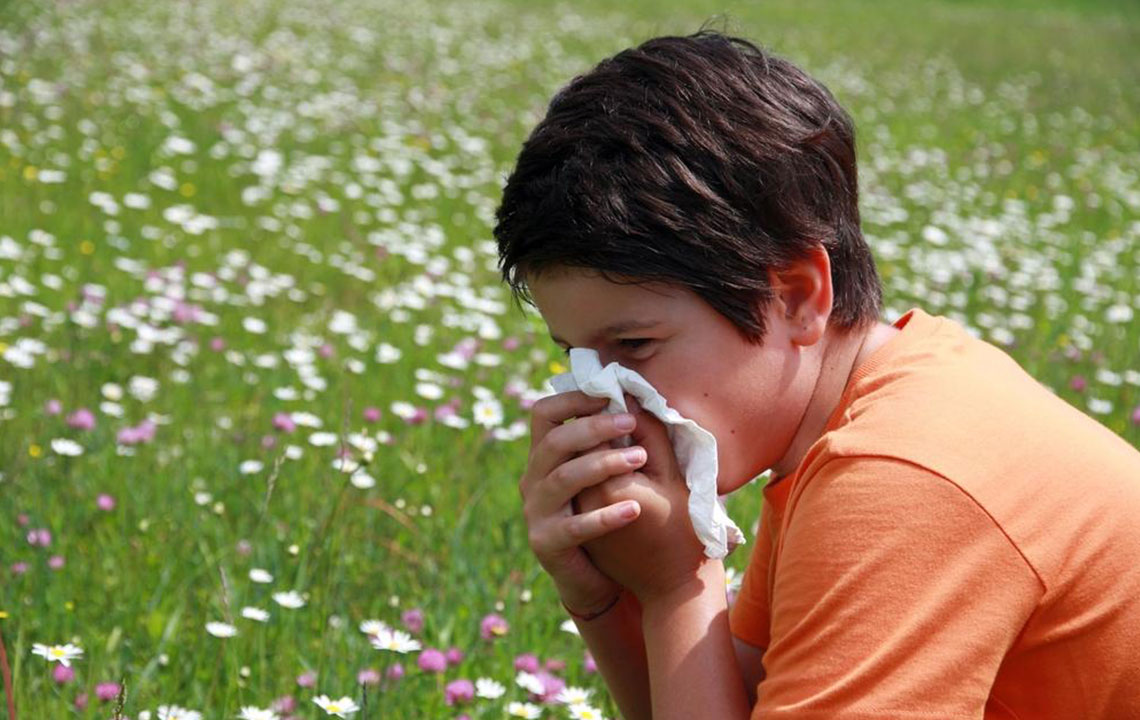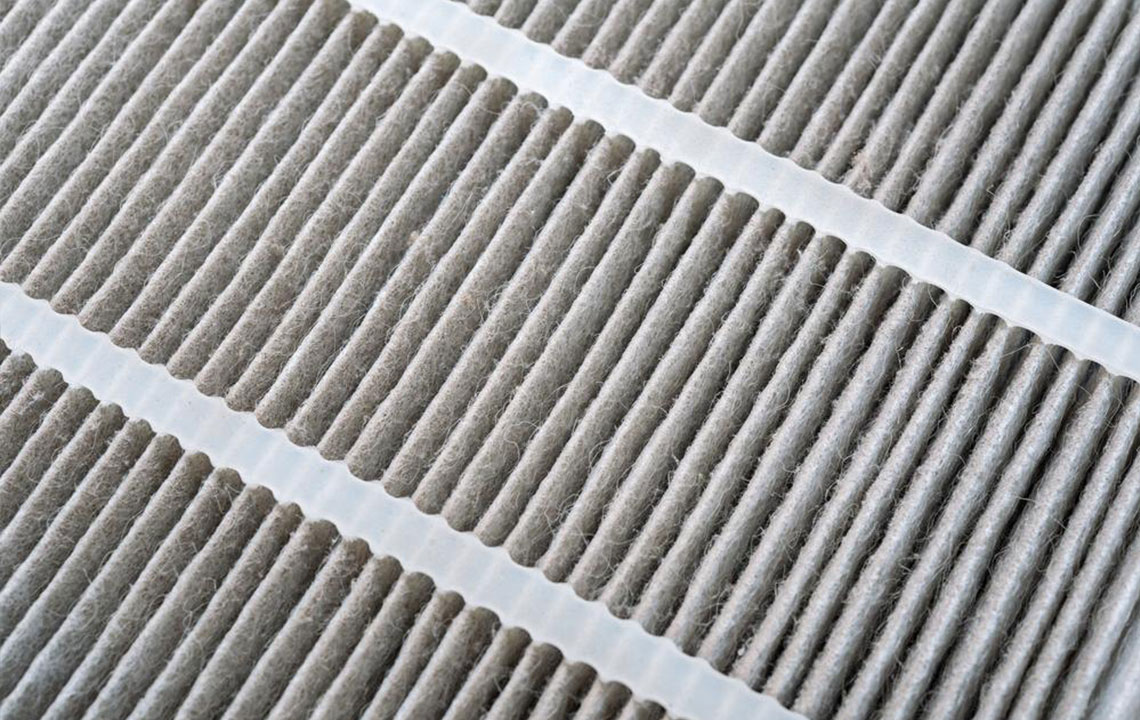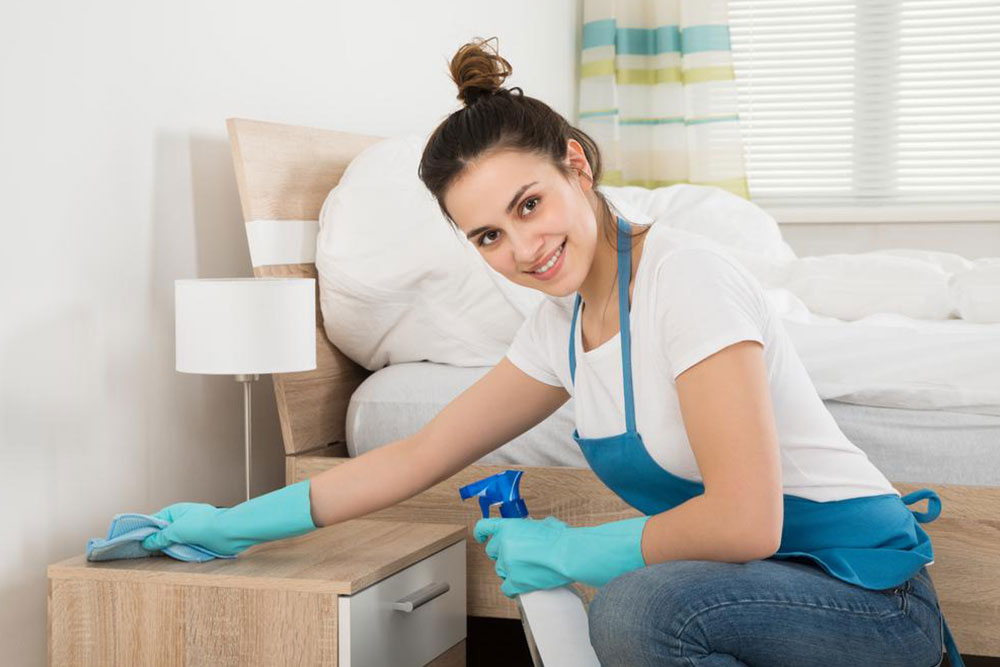Comprehensive Guide to Improving Indoor Air Quality for a Healthier Home
Discover comprehensive strategies to improve indoor air quality, including filter replacement, air purifiers, ventilation, cleaning routines, and indoor plants. Implementing these effective tactics creates a healthier, fresher living space and reduces health risks related to indoor air pollution.
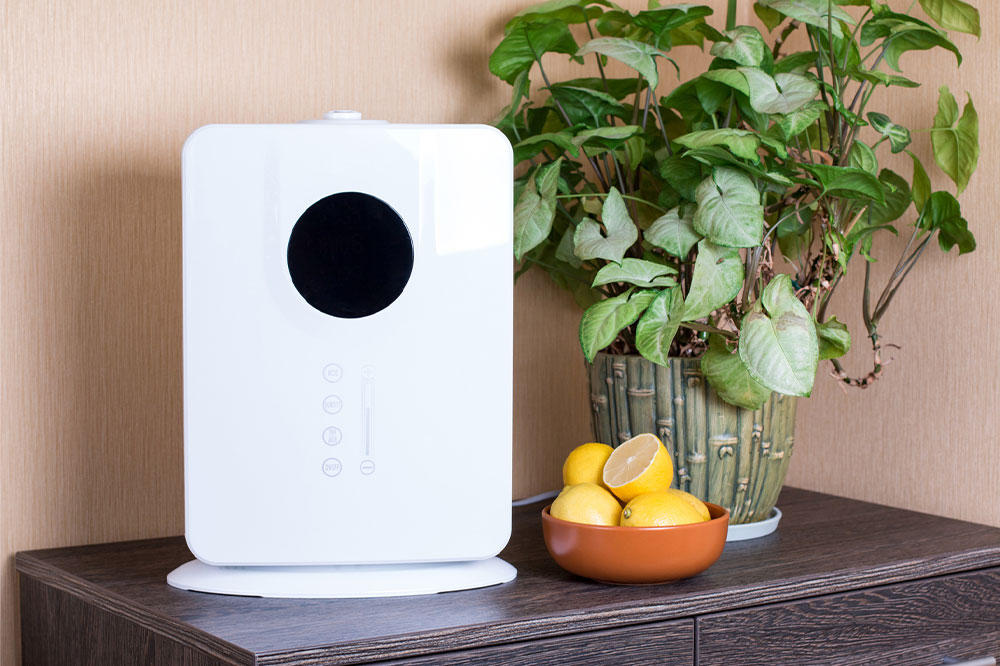
Comprehensive Guide to Improving Indoor Air Quality for a Healthier Home
Maintaining clean and fresh indoor air is vital for promoting good health and ensuring a comfortable living environment. Indoor air pollution can originate from various sources such as dust accumulation, mold growth, pet dander, chemical fumes from household products, and poor ventilation systems. These pollutants not only cause discomfort but can also lead to serious health issues like allergies, respiratory problems, and even long-term chronic conditions. Therefore, implementing effective strategies to enhance indoor air quality is essential for every household.
Understanding the importance of indoor air quality and adopting comprehensive methods to improve it can significantly reduce health risks and create a safer, more inviting space. This detailed guide explores numerous practical and scientifically-backed techniques to keep your home's air fresh, clean, and healthy.
Replace Filters Regularly and Utilize Advanced Air Purification Devices
One of the most impactful steps toward better indoor air quality is the consistent replacement of HVAC filters. Over time, filters trap dust, pollen, pet dander, mold spores, and chemical pollutants. When filters become clogged or dirty, their efficiency drops, allowing pollutants to circulate freely in your indoor air. To avoid this, establish a routine to check and replace filters routinely—generally every 1 to 3 months, depending on usage and filter type.
In addition to filter replacement, investing in high-quality air purifiers equipped with HEPA (High-Efficiency Particulate Air) filters offers a significant boost. HEPA filters are capable of removing up to 99.97% of airborne particles, including allergens, smoke, bacteria, viruses, VOCs (Volatile Organic Compounds), and various chemical fumes. These devices are especially beneficial for allergy sufferers, individuals with asthma, or households with pets.
When choosing an air purifier, consider the size of the space, the CADR (Clean Air Delivery Rate), and features like activated carbon filters for odor removal. Proper placement and regular maintenance of these purifiers ensure optimal performance, continuously providing fresher and safer indoor air.
Enhance Ventilation and Control Humidity Levels
Effective ventilation is fundamental in maintaining superior indoor air quality. Regularly opening windows and doors to promote cross-ventilation allows fresh outdoor air to replace stale indoor air, diluting pollutants and reducing indoor VOCs and allergens. In modern homes where outdoor air may be contaminated or during extreme weather, mechanical ventilation systems such as exhaust fans and air exchangers serve as excellent alternatives.
Dehumidifiers play a vital role in controlling indoor humidity levels. Excess humidity fosters mold growth and dust mite proliferation, both of which compromise air quality. Maintaining indoor humidity between 30% and 50% inhibits mold development and reduces dust mites, creating a healthier environment. Using hygrometers helps monitor humidity levels, and adjusting dehumidifiers accordingly ensures optimal air conditions.
Additionally, ensure your home is well-ventilated in kitchens and bathrooms through exhaust fans or range hoods. These devices promptly expel odor-causing fumes, excess moisture, and airborne chemical vapors, preventing mold and maintaining air freshness.
Keep Your Home Spotlessly Clean and Declutter Regularly
Routine cleaning plays a crucial role in minimizing indoor pollutants. Vacuuming carpets, rugs, and upholstery with HEPA-filter vacuum cleaners effectively removes accumulated dust, pet dander, and allergens. Regularly dust surfaces with damp cloths to prevent dust particle resuspension in the air.
Maintaining a clutter-free home reduces spaces where dust and allergens can settle easily, simplifying cleaning efforts and improving air quality. Cluttered areas often trap dust and debris, which can become airborne when disturbed. Decluttering also creates an environment where cleaning routines can be more thorough and effective.
Replacing bedding, curtains, and soft furnishings periodically helps reduce dust mites and allergens, especially in bedrooms where people spend a significant amount of time. Proper ventilation during cleaning and using eco-friendly cleaning products minimize the introduction of additional chemical pollutants into indoor air.
Incorporate Indoor Plants for Natural Air Purification
Adding indoor plants is a delightful and natural way to purify your indoor air. Plants like English ivy, bamboo palm, peace lilies, and rubber plants are known for their ability to filter common airborne toxins such as formaldehyde, benzene, and trichloroethylene. Besides improving air quality, indoor plants also increase humidity levels, which can be beneficial in dry environments.
Beyond their aesthetic appeal, plants contribute to a greener, more refreshing atmosphere, reducing the need for chemical air fresheners. Regular care, including watering and cleaning the leaves to prevent mold and pest issues, ensures plants thrive and continue providing their air-purifying benefits.
Ensure plants are non-toxic to pets if you have animals, and place them in well-lit areas to maximize their growth and air filtration capacity. Using plants strategically in high-traffic or problem areas can make a noticeable difference in overall indoor air quality.
Proper Use of Exhaust and Ventilation Systems
Exhaust fans installed in kitchens and bathrooms are essential components of a healthy indoor environment. These fans help expel odors, airborne grease, moisture, and chemical pollutants directly outside, preventing their accumulation and mold growth indoors. Regular maintenance and ensuring the fans are functioning efficiently is key to their effectiveness.
In modern construction, mechanical ventilation systems such as Heat Recovery Ventilators (HRVs) and Energy Recovery Ventilators (ERVs) provide continuous air exchange, maintaining fresh air flows while conserving energy. Integrating these systems enhances air quality, especially in airtight or poorly ventilated homes.
Always operate exhaust fans during cooking, showering, or cleaning activities to prevent the buildup of volatile compounds and moisture. Properly sealing and insulating areas around these ventilation points ensures their optimal performance.
Implementing these strategies consistently will lead to a noticeable improvement in indoor air quality over time. Creating a cleaner, fresher indoor environment reduces health risks, enhances comfort, and promotes overall well-being for all residents.

